If you've been with us for a while, you may have noticed by now that we've covered quite a few health issues that compression socks and compression therapy can help. There are, shockingly, a lot of health issues compression can be beneficial for, and not all of them evident at first.
Compression therapy through the use of socks, stockings, boots, or bandages to gently apply pressure has been around for thousands of years. Compression therapy can be found in use as far back as Hippocrates of ancient Greece, and modern science is still discovering new and exciting health benefits of compression therapy.
But have you ever wondered about why? Why is compression so beneficial to so many health issues? What is it about compression that works for so many chronic illnesses, injuries, and ailments?
We're so excited you asked! Let's look at the science behind why compression is so beneficial to so many health issues!
What Are the Types of Compression?
• Compression socks or stockings are the most common mode of compression therapy.
• Compression wraps or bandages are also standard options.
• Other compression therapy methods include mechanical (pneumatic) compression devices, such as wearable compression boots or compressed air devices at home or in clinics.
Common Treatments that Use Compression Socks
Wearing compression socks or stockings is a standard, well-researched treatment to:
- Manage lymphedema and pain in the legs.
- To help wound healing, like shin splints and ulcers
- Manage and help vein problems, like varicose veins
- Prevent blood clots after surgery
- Help prevent injuries, aid in athletic performance, and aid in workout recovery.
The Benefits of Compression Therapy
Today, many compression grades and socks or stockings are available, ranging from prescription strength to available over-the-counter models. The severity and type of the condition you wear them for will determine the compression that best works for you. Compression becomes even more effective when you pair compression therapy with movement because walking or movement activates your calf, ankle, and foot muscles, and the compression helps pump blood back to your heart. Diabetes and other chronic conditions like Raynaud's can also benefit from compression socks because the socks help improve blood flow.
Just a few of the included benefits of wearing compression socks are:
- Prevent leg swelling for those who stand or sit for long periods.
- Help manage varicose veins.
- Management of varicose veins and other standard leg issues during pregnancy
- Prevent venous thromboembolism (blood clots in deep veins) for those with limited mobility or immobile.
- Improved healing for shin splints or leg ulcers.
- Help prevent leg ulcers from returning.
- Maintenance therapy for those with lymphedema.
- Help improve chronic venous insufficiency and ulcer recurrence in older people.
Conditions That Can Be Treated with Compression Socks
1. Chronic venous insufficiency.One of the most common conditions that compression therapy through compression socks can help treat is poor blood flow, also known as chronic venous insufficiency. In a study published by the National Center for Biotechnology Information, it's estimated that roughly 150,000 new patients every ear are diagnosed with CVI. (1) CVI is often connected to:
• Varicose veins
• Injury
• Blood clots
• Pregnancy
• Obesity
2. Edema
According to the Lymphatic Education And Research Network, it's estimated that up to 10 million Americans suffer from lymphedema and lymphatic diseases. (2) Edema is when fluid collects within the body that can cause swelling, commonly in the legs and ankles, and other areas. It can be caused by many things, such as varicose veins, lymphedema, sitting or standing for long periods. Compression socks can help.
3. DVT
Deep vein thrombosis happens when a blood clot is formed in one of the deeper veins, usually the legs. It's considered a severe and potentially life-threatening condition, as the clot can travel to the lungs—risk factors for DVT include recent surgery, pregnancy, and prolonged inactivity. Doctors often prescribe the use of compression stockings as a preventative measure. In a study released on PubMed on August 30th, 2021, researchers concluded that nearly half the patients who were prescribed compression garments for the management of post-thrombotic syndrome found them helpful. They observed non-linear improvements in PTS severity with the use of low-pressure compression garments for 8 to 12 hours per day, three days a week. (3)
4. Leg Ulcers
Leg ulcers are unhealed sores or open wounds on the legs, and without treatment, they can be recurring. This is a condition caused by poor circulation, affecting people with diabetes, hypertension, heart disease, high cholesterol, kidney disease, those who smoke, and those more prone to infections. Leg ulcers have also been connected to varicose veins.
Compression Socks for Exercise and Athletes
Whether you're a professional athlete or someone just beginning your journey, you've undoubtedly heard us and others mention the benefits of wearing compression socks when working out, running, or doing any sport. Compression therapy garments for athletes can help improve performance, reduce muscle soreness after exercise and help reduce the risk of blood clots.
In a study published in August 2021 by the International Journal of Exercise Science, researchers noted that compression socks provided a significant improvement in recovery variable 24-48 hours following strenuous exercise. (4)
Are There Reasons to Avoid Compression Socks?
In rare cases, compression socks may not be recommended. This can occur when a person or patient has significant issues and a severe enough disease to where the compression applied by the sock might impede blood flow instead of improving it. This is why we always recommend that you always ask your health provider if compression socks are right for you if you have significant health issues.
However, if you suffer from any of the below, avoid compression socks until or unless your health care provider prescribes them.
• Skin conditions that make skin delicate and fragile
• Open sores
• Cellulitis
• Unusual leg shape or size that could keep a compression sock from fitting properly
• A lack of sensation in feet or legs
• Severe peripheral neuropathy (damage to the nerves located outside of the brain and spinal cord)
• Peripheral arterial disease
As you can see, compression is so beneficial to so many health issues because they improve blood circulation, a vital part of our body's function and healing. Are you ready to find the perfect compression socks for you? Please browse through our large selection or contact us with any questions you have and begin to see how compression can benefit you!
Source:
1. https://www.ncbi.nlm.nih.gov/books/NBK430975/
2. https://lymphaticnetwork.org/living-with-lymphedema/lymphedema-and-lymphatic-diseases-affect-millions-and-concern-us-all
3. https://pubmed.ncbi.nlm.nih.gov/34418289/
4. https://pubmed.ncbi.nlm.nih.gov/34567386/

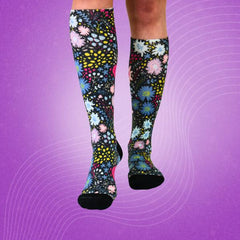
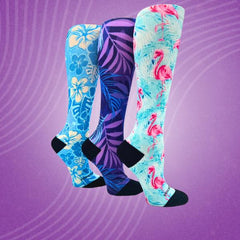
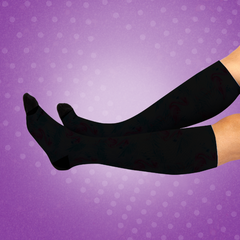

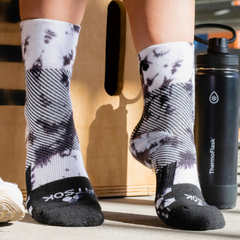
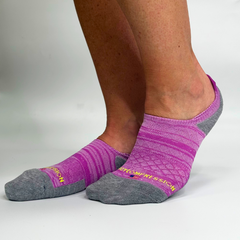

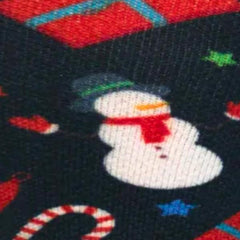


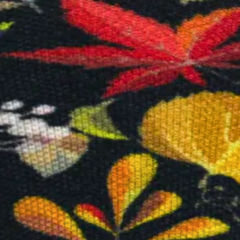

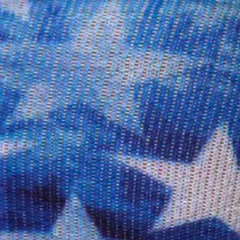


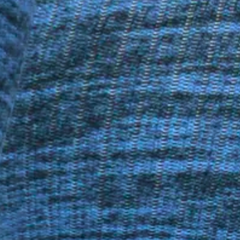
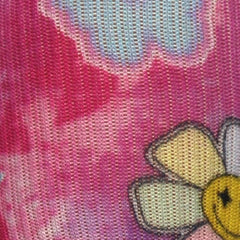

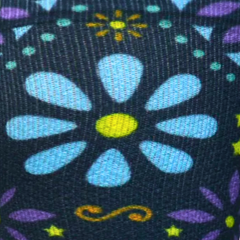
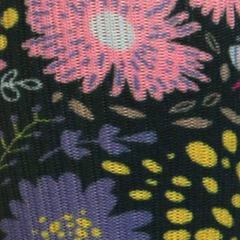
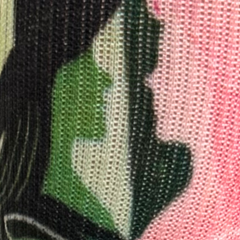
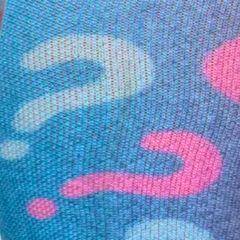
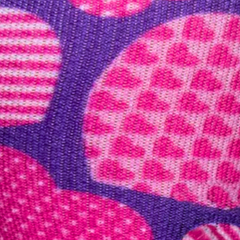
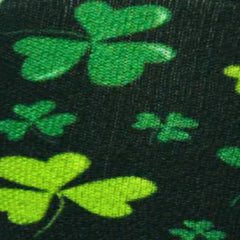
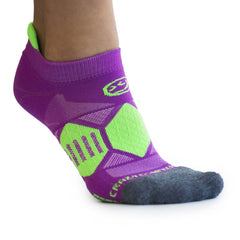

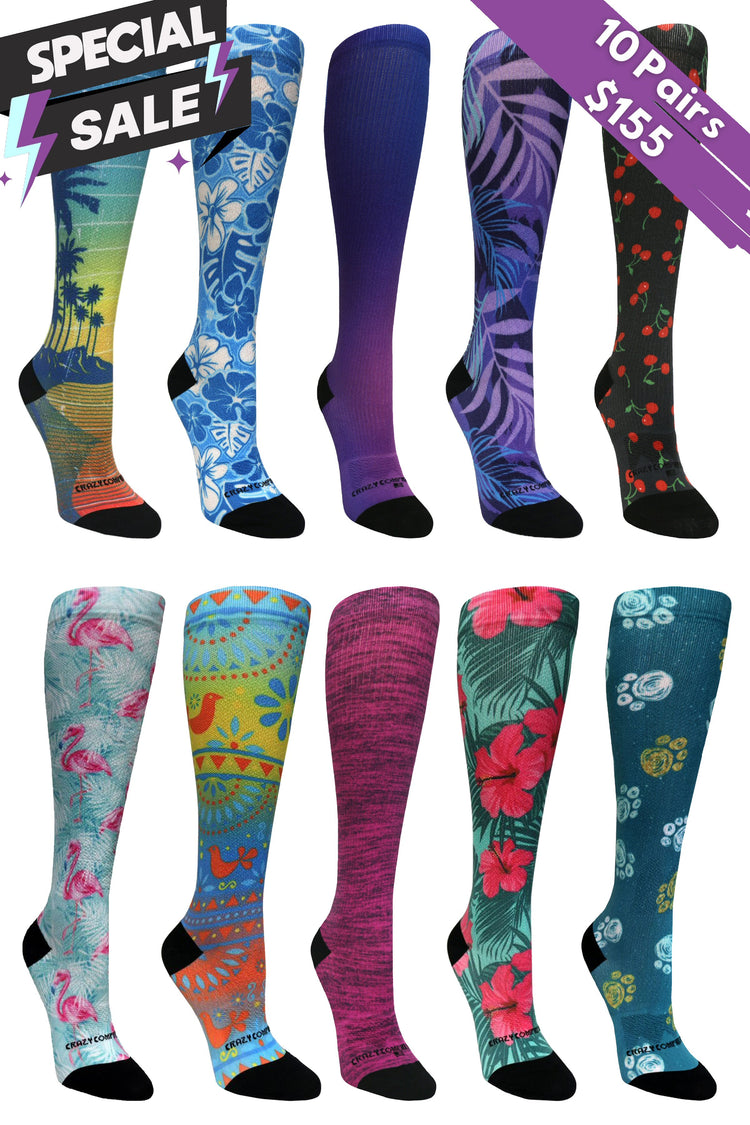


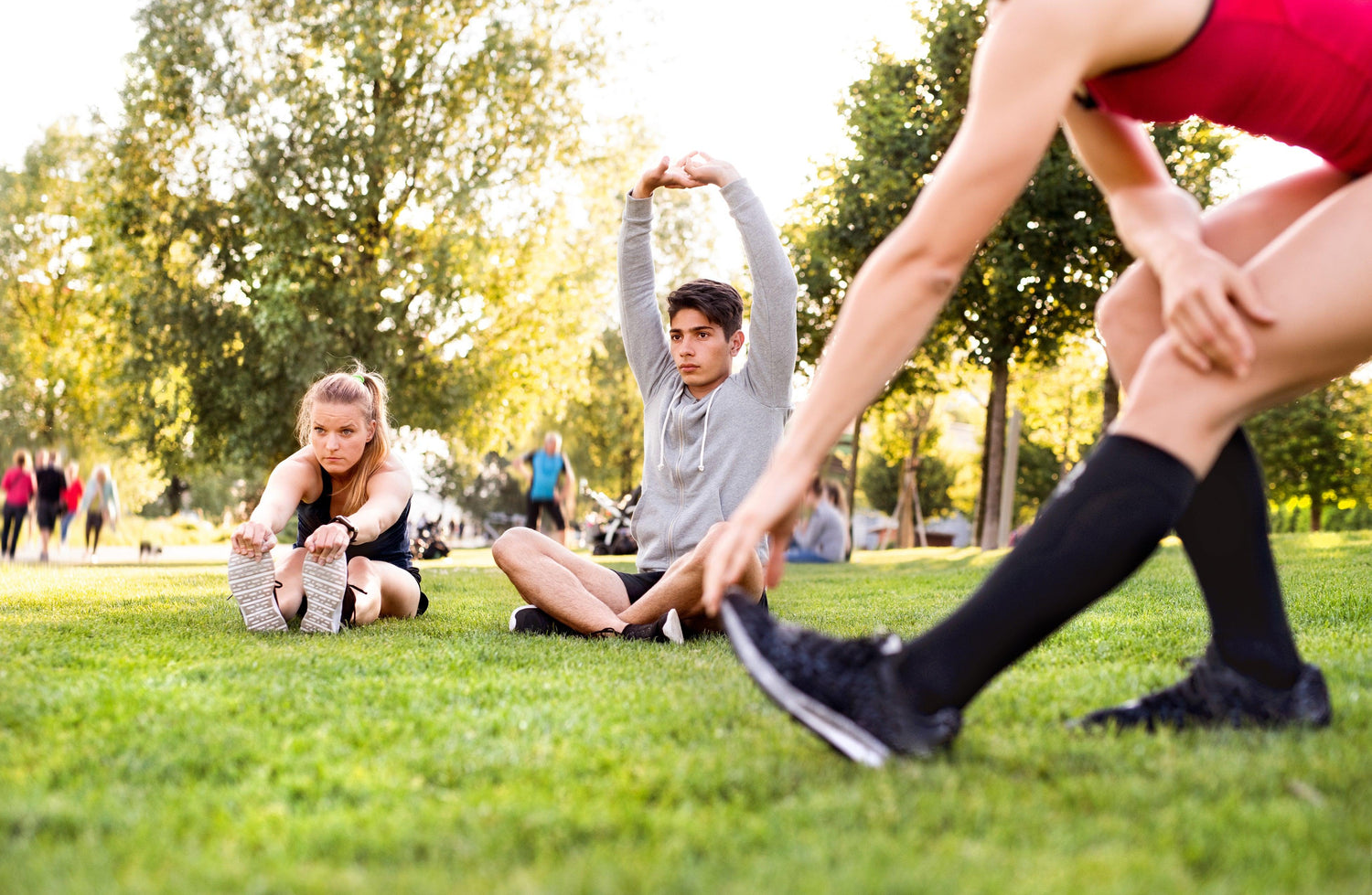
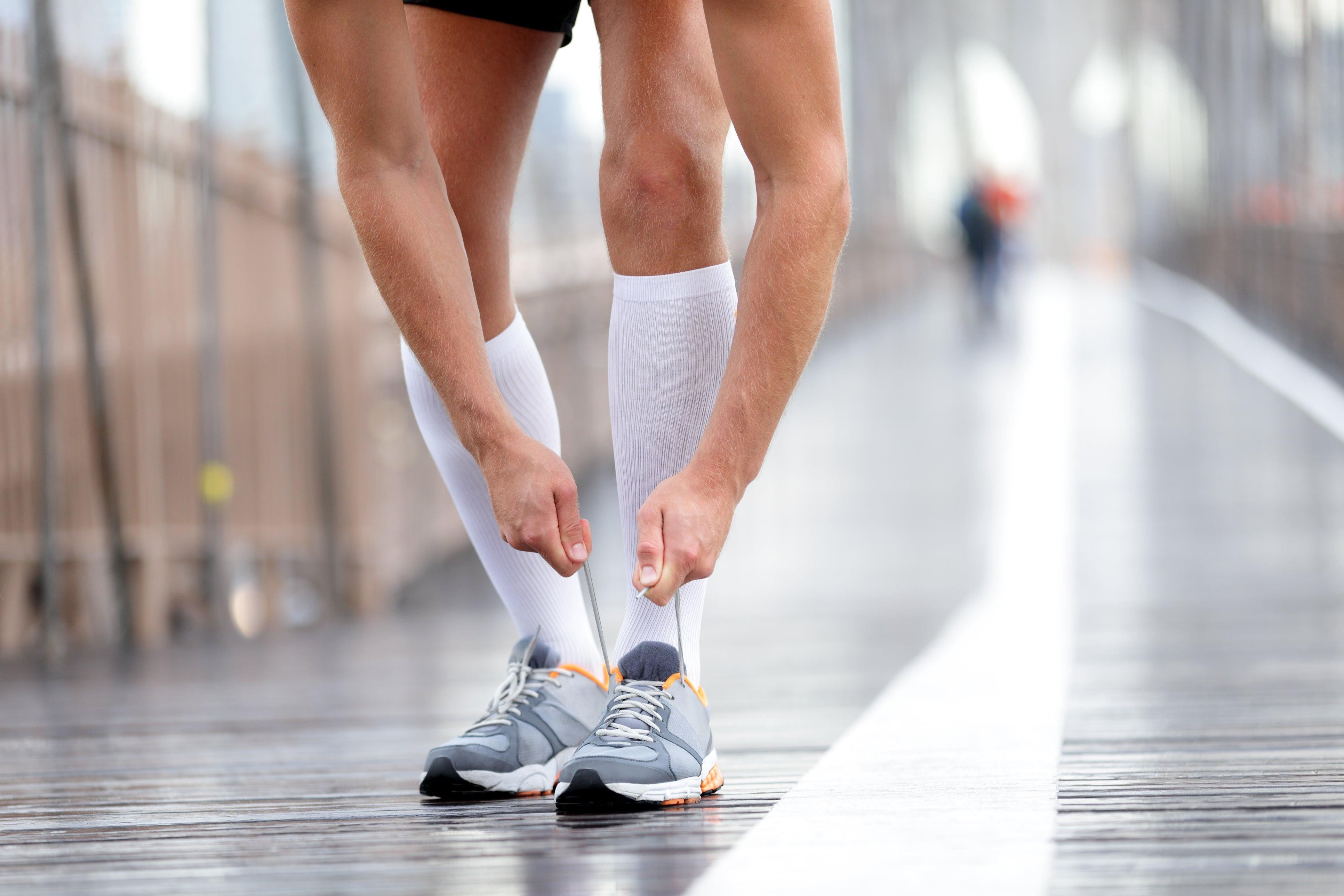
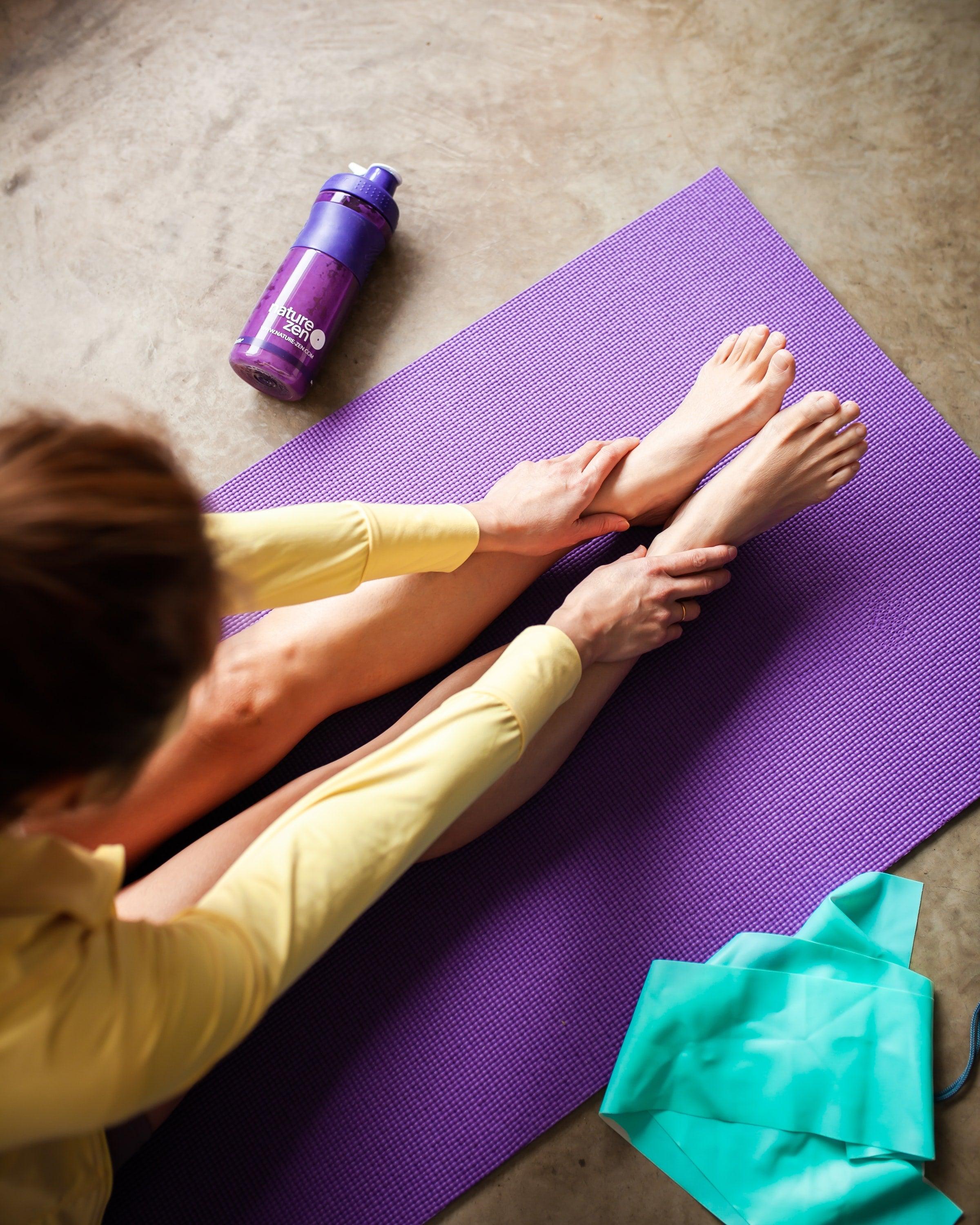
Leave a comment
This site is protected by hCaptcha and the hCaptcha Privacy Policy and Terms of Service apply.